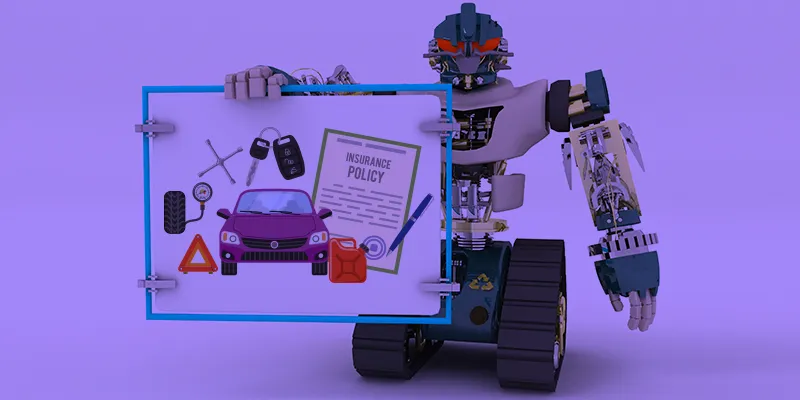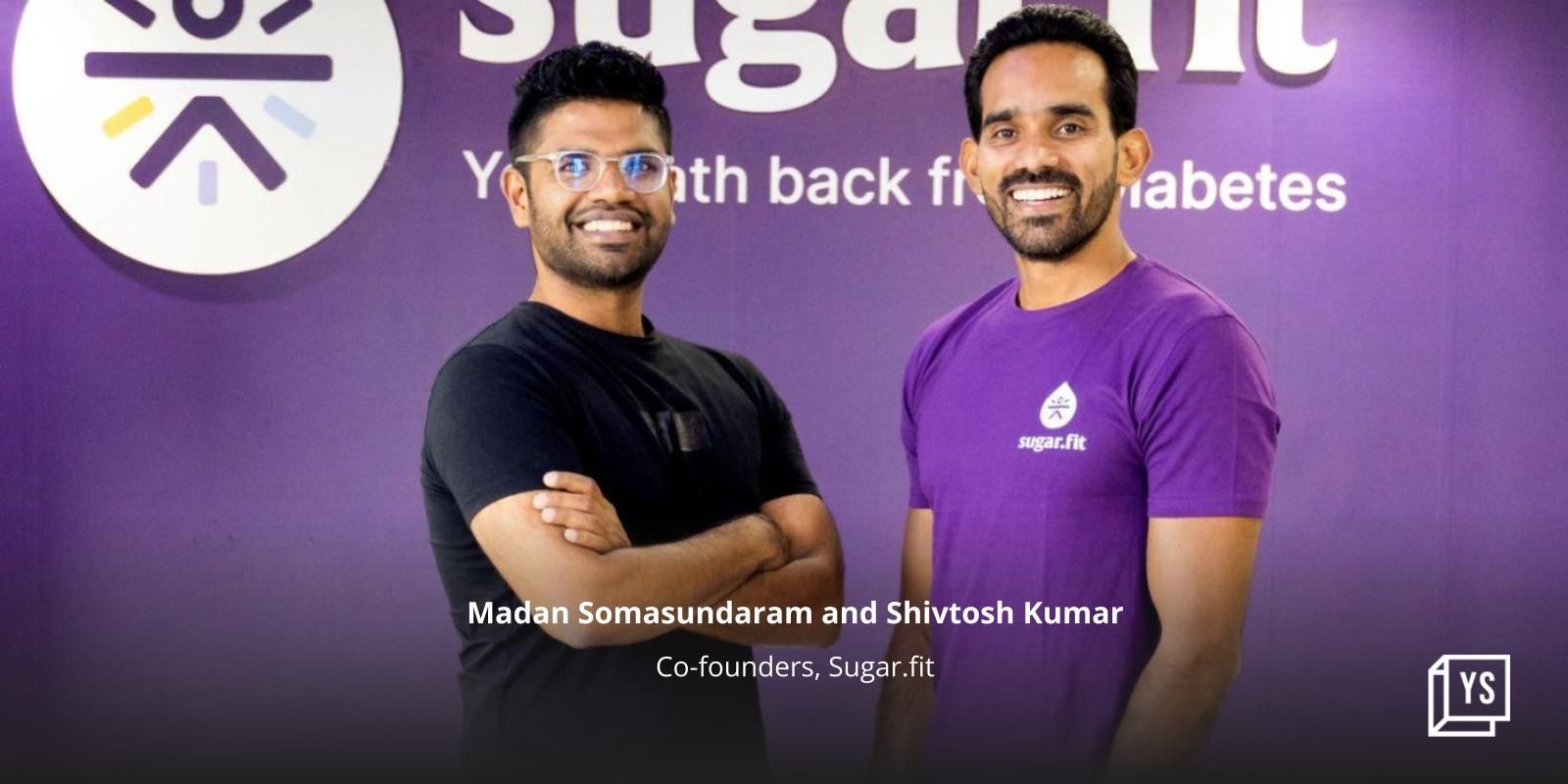Are you an SMB waiting to harness AI? Here are ways you can do it
Unlike big corporations, SMBs do not have the budget to create their own tools. This is where already available tools and platforms in the market can help your business.
At YourStory we have a saying that if you preserve your history, which is your company’s data, then building an engine to understand the future is very easy.
These days, cloud computing has allowed your data to be relevant, and the computational speed to generate insights is readily available. Then, why does everybody from the government to large corporations, sound so dazed when speaking about Artificial Intelligence (AI) and data sciences?
“Today, India does not have more than 100 employable AI engineers. Most of the guys who know AI have floated their own companies,” says Kamal Karanth, Co-founder of Xpheno. He adds that anyone who claims to know AI is either lying or just kidding around. “Real AI talent has been hard to come by and that’s why you see all the Indian e-commerce companies going to California or training the best engineers in machine learning, data sciences and AI,” he adds.

Ready or not, the world of AI is upon us and is already changing the way we do business. But before you embark on the AI journey ask yourself if investing in AI will add to the your company’s top and bottom line in five years. If you are not convinced then the owner of the organisation must realise all AI is about data and insight crunched by software at faster speeds by recognising patterns and making decisions real time.
Business are already moving to AI: why the SMB will benefit
Large corporations like Goldman Sachs use cloud computing and are setting a path of using data more efficiently in the future.
Roy Joseph, MD of Goldman Sachs, says: “We need strong engineering to enable better risk management and distribution. It is all about data privacy and efficiency.”
Indeed Goldman Sachs has gone all mobile. It worked with AWS to massively scale up. Around 18 months ago, it launched Marcus, a retail lending application that has disbursed two billion loans with an average size of $30,000. Marcus allows people to clear their credit card debts.
They also launched Marquee, which features a portfolio of web services and applications available to the firm’s institutional clients. The feature gives the clients access to the risk management and analytical tools used in-house. The Symphony app is a collaboration tool for secure messaging and collaborations between partner banks of GS. All these are part of the Amazon cloud. For a large corporation like GS, moving to the public cloud is a very big thing since it needs to manage the security of critical financial data.
“This is why we went with AWS; they not only protect data but also made us more innovative and efficient as a company,” Roy says.
Yes, one may argue that GS has 3,000 engineers at its disposal and they have written 1.5 billion lines of code on 7,000 applications. But, then, think again. Just delve a little deeper and there are tools offered by Amazon, Microsoft and Google to build on the AI journey. No wonder all the best data scientists and statisticians are working for these corporations. “An organisation need not build an AI engine from scratch. If it has data, all the data heavy lifting will be done by AWS tools,” says Andy Jassy, CEO of AWS.
Remember, the key word is ‘data’. If you don’t have it then you cannot build an AI platform.
Similarly, Microsoft’s vision is to empower every person or business on the planet to achieve more, and would want to have the power of AI, which is basically a tectonic shift to be available for everybody. “Be it an individual or a small business, Microsoft wants to democratise AI,” says Sundar Srinivasan, General Manager, AI and Research, Microsoft India. Microsoft has AI divided in 4 pillars (even its competition, Amazon and Google has divided AI like this):
Agents – Agents like Cortana, Alexa and Google Virtual Assistant are going to be the next generation of virtual assistants that will help users become more efficient.
Applications – Applications are essentially any first-party application that you can think of like Microsoft has Office 365, Dynamics 365, Swiftkey, Microsoft Pix and Consumer service which can help Skype users or anybody type on a virtual keyboard or swift keyboard or get virtual suggestions.
Services – Building apps with voice, vision and text by third parties is the future. Today, pattern recognition tools are readily available for organisations to use provided developers use machine learning software and then in time cognitive software takes over.
Infrastructure – Now that you have developed products you need to run them on a platform and where do you run it? So the fourth pillar would be infrastructure, specifically cloud infrastructure.
“Microsoft is building AI models to measure productivity in Indian government schools,” says Sundar.
For example, Microsoft is helping Government of Andhra Pradesh by applying machine learning and advanced visualisation techniques to boost its education ecosystem by analysing where the school drop-out rates are high, predict those dropouts and take preventive action. This solution has been taken to 10,000 government schools across Andhra Pradesh. The prediction service and the understanding of student profile has helped evolve individualised and customised counselling.

Here is what SMBs should do whilst developing data models for AI:
- First, it should be clear on its objectives.
- Secondly, to develop an AI model the company needs to have good data.
- Thirdly, it should have skilled AI/machine learning workforce
- Lastly, the company needs to be patient enough while putting its efforts, as AI models are not something that can be developed overnight and immediately transform business.
Building AI takes time. It took Microsoft 15 years to perfect speech recognition. The success rates were not very effective as compared to how humans would recognize speech up until 2013. There were some breakthroughs by 2014-15 but by October 2016, Microsoft speech researchers reported a word error hit of 5.9 percent, which means it is better than humans. Therefore, AI models evolve over time.
To quote an industry-specific example – If a company wants to build a HR model for its employees in order to measure their productivity, it needs to have proper information about its employees as to where they live, how far their commute is and their attendance patterns, to effectively build a model. Also when you take this example, you need to think about whether you really need a model to measure the productivity or would a simple survey suffice. One needs to have the right mindset to understand what they are doing. “The question of applying AI at right places is a little bit of an art of figuring out where to apply it,” says Sundar of Microsoft.
Similarly, a manufacturing company, which is into supply chain and wants to apply AI, should first understand the business imperatives, its infrastructure and the data landscape. If the company figures these three things out, then it is easy to build predictive models based out of the data.
Here are tools that will help in the journey to AI:
- Tools like CNTK, Microsoft Cognitive Tool Kit
- Amazon SageMaker and DeepLens: Amazon’s Sagemaker AI platform allows engineers to specify data sets, their size and memory. The platform then picks the compute power and begins to crunch data. Today, AI platforms are constrained by memory because they have to be manually trained by engineers and it takes a massive amount of time to get up to speed to be commercial. Sagemaker has 10 different algorithms that allow the engineer to design faster and accurate recommendation engines to be on the cloud. The AI engine looks at millions of rows of data and tweaks the data for accuracy. Sagemaker then allows the right data to be made available to clients.
- GoogleAI
Small and Midsize Businesses (SMBs) can start with just one engineer to learn the above tools and create the architecture needed for the company.
If you are a Rs 500-crore company working with an IT Services company than you need to keep in mind that everything must be look at the customer that you serve.
“You need to create horizons where you build capabilities and scale,” says Rajesh Kumar R - Head-AI & Automation, Global Delivery Head at Mindtree. He adds that you don’t need to employ data scientists because AWS, Google and Microsoft have tools that can heavy-lift data for the organisation.
You need engineers who can wrap applications around this data and build services that an organisation wants. Mindtree is working on several retail applications where they not only heavy-lift data for an organisation, but also build services that can track consumers in store and remove queues. They are also working on concepts where check-in bags don’t need tags; you can link RFID tags pasted on bags directly to the travellers mobile.
So, the answers are out there. It is just that CEOs of SMBs need to spend time with knowing how technology can change their organisation and make them future-ready. Unfortunately, time and sheer will are not available to many CEOs and founders to gaze into the future. AI is going to impact you faster than you think. Just start experimenting if you have a tech team and find answers in the learning. However, ask yourself, do you really need AI? The answer is in your business that you serve.







